Text by Mat Fidge, photos by Mike Gulett –
The joys of classic car restoration projects can only be matched by the frustrations they can bring – the rewards of working a car back to its former glory counterbalanced by the potential escalating costs. If you want to avoid the pitfalls on your next project on the car pit here are ten things to avoid if you do not want to end up working on a ‘rust bucket’ – that is to say a project whose bottom is sure to fall out.
From a dream to a nightmare
In more than two decades of lovingly restoring cars to their prime the team at White’s Bodyworks have seen their fair share of restoration horror stories. “This car looked great in the photos…” is just one opening for a tale of a restoration project whose bottom has fallen out: a rust bucket project. In truth there is very little that is not restorable as the team’s work on a Morris Minor for Discovery Channel’s Wheeler Dealers (one of the most popular car shows on TV) proved. However, by choosing your car carefully and being clear about what you want there are ways you can avoid your car pit becoming a money pit.
Here are 10 classic car restoration tips to help your project avoid being a rust bucket.
1. The literal rust bucket
Rust is the curse of the classic car restorer: do not let it haunt you. It is the fantasy of many a restorer to find a car on the scrap yard and lovingly restore it but rust is the most difficult and costly damage to a car to restore. Areas of rust must be cut out and removed before repair panels can be made and installed. This can really cost.
Always check for rust in areas where water can collect, such as inside the wells in the boot or in the lower fender and door areas. Check the inner panels (under the hood, boot, doors and door jambs) for signs of rust and always inspect the car in clear daylight to be sure.
If you are restoring a post-war model they were usually made in sufficient numbers to mean you should not hesitate to refuse a rusty car and look for one in a better condition instead. Unless the car is particularly rare or has some other historic interest you are better to avoid it like the plague. Instead seek out a more expensive – but cheaper in the long run – car with a solid body and good frame to avoid the bottom falling out, sometimes literally, of your project.
2. The knotty problems of wood
Unlike rust the use of a large amount of wood in a car should not immediately scare you off but it can lead to a more difficult restoration project. This is something you should take into account when choosing a model to work on. Let us take the classic Model A Ford. Looking at the body styles alone there would be a great deal of added complexity and cost in restoring a fordor body or a Victoria than a cabriolet or an A 400 thanks to the amount of wood used. Of course, you may have a struggle finding some parts for the cabriolet – and there is the additional cost of plating to consider – but in general a car with a lot of wood can cause more headaches and require more money than one with less.
3. The sum of its parts
The cost and availability of parts is another issue that can lead to the bottom falling out of your restoration project. Even if you can locate the parts online you should consider the added expense of shipping costs for heavy items and the possibility of customs taxes for foreign parts.
The reason for the relative popularity amongst restorers of American cars of models like the Buick Riviera (1963-65) or the Chevrolet Bel Air (1953-54) over, say, the Pierce-Arrow, Forties-era De Soto or V-16 Cadillac is that the former are supported by a huge parts supply, making them a lot easier and cheaper to restore.
Before deciding on a car restoration project make sure you have taken into account the sum of its parts. Forget those dreams of restoring a rare car because cars like the Mopar could have your project coming to a grinding halt after a lot of expense.
4. The basket case
It is true, you have to be a bit of a basket case to consider a basket case. Only the very experienced should ever consider buying a car in pieces. It is always safer to pay the extra and buy an assembled, complete, running car. Invariably there will be something missing with a basket case and it is impossible to always tell exactly what when you make your purchase. Never underestimate the difficulties that can arise from trying to assemble something someone else has dismantled. Many basket case projects are placed up for sale again in a rather similar state to how they were purchased.
5. Someone else’s project
With so many abandoned restoration projects on offer often at a lower price than other vehicles the prospect of buying someone’s unfinished project can be attractive. However, a degree of caution is needed if you are to avoid the proverbial rust bucket. You need to be certain that the work has been carried out to a standard you are comfortable with and try and find out why the project was abandoned in the first place. Dent repairs are a case in point…
6. Filler thriller
Always check body panels to ensure that dents have been fixed properly – but be warned that magnets will not always tell the true story. A project that we worked on was a 1964 Austin-Healey 3000 MK111 which on the surface looked to be in fairly good condition. When the body was stripped down, however, the nightmare began. The panels had been filled with body filler to push dents out rather than the metal being worked.
We have also come across projects where the filler is mixed with metal shavings, presumably to escape a suspicious buyer’s magnet test. Tap a few panels with your knuckles and listen out for dull or dead sounds which can indicate excessive build-up of plastic fillers. If you have any suspicions ask for a photo of the car sanded down to be bare metal and walk away if one is not available. If you are restoring to sell make sure you have photographic evidence of every stage of your restoration work.
7. The beauty that is a beast
Assessing a car’s true condition can be difficult. It pays to be wary of any car that has been freshly painted. This can sometimes hide rust and damage that has been poorly repaired with plastic fillers. A classic car’s beauty can literally be only skin deep. It may be advisable to look for another car that is not freshly painted.
If you have suspicions check the edges of the doors and the boot for thick, uneven edges that suggest there has been excessive material applied to repair damage. Tell-tale cracking or checking of the paint usually indicates a horror that lurks beneath the surface.
8. The unknown quantity
Perhaps the majority of rust bucket projects could have been avoided with a little bit of research and a little more knowledge. Never buy an unknown quantity. For every car type, car make and car model there will be a car club just packed to the rafters with people happy to share their knowledge, enthusiasm and opinions with you. Never underestimate the value of such knowledge before embarking on a project rather than seeing it as something you may need to call on when your restoration work has begun. Similarly you should always consider taking a prospective purchase into an expert before you lay your money out – it could save you money and heartache in the long run.
9. The golden oldie
Many people would love to have a car from the golden age of the 1920s, 30s or 40s. Before embarking on the restoration of such a car, however, think twice. The cost is prohibitive to start with: there are very few unrestored on the market (though restored examples abound). The usability, practicality and safety of vehicles of this era are other factors: they are slow to accelerate, offer unresponsive brakes and are equipped with none of the safety features we have come to expect. They can also prove very expensive to restore and quickly drop their value if not restored 100% authentically.
That said do not think all classic cars of later years are a sure bet either. Take the American Muscle Cars, as many people still choose to. The 1970’s saw a number of cars such as the Ford Mustang Stallion (1976) or the Pontiac GTO (1974) that were manufactured under the auspices of Environmental Protection Agency regulations that effectively ripped the muscle out of these cars. Pick your models carefully or you could be saddled with a very pale imitation indeed.
10. Rust buckets begin at home
Of course, it is not just the car that can make a restoration project fail. You need to be clear about your budget, skills and intentions as well. If it is as an investment then number matching and authenticity are key. If it is for a drive then maybe they are not so important so a solid car rather than an authentic car may be higher on your list of priorities.
It can cost you twice as much to make a show car as a Sunday driver, and twice as much again if you want a 100-point show car. Once you’ve started in one direction, it can be very costly to change goals and may lead to you having to abandon your project.
From a nightmare to a dream
Horror stories may abound but with a bit of care, thought, planning and perseverance (and more than a little blood, sweat and tears) there is no reason you should not get pleasure and pride from your car restoration. At the end of the day we do it because we love it.
Let us know what you think in the Comments.
About the author
Mat Fidge loves everything to do with cars – especially classic ones. He has had a few rust bucket projects himself and has written for White’s Bodyworks who have clocked up more than two decades of experience restoring classic cars and have been featured on the Discovery Channel’s Wheeler Dealers, a very popular car TV show.
A version of this article was originally published in April 2013.
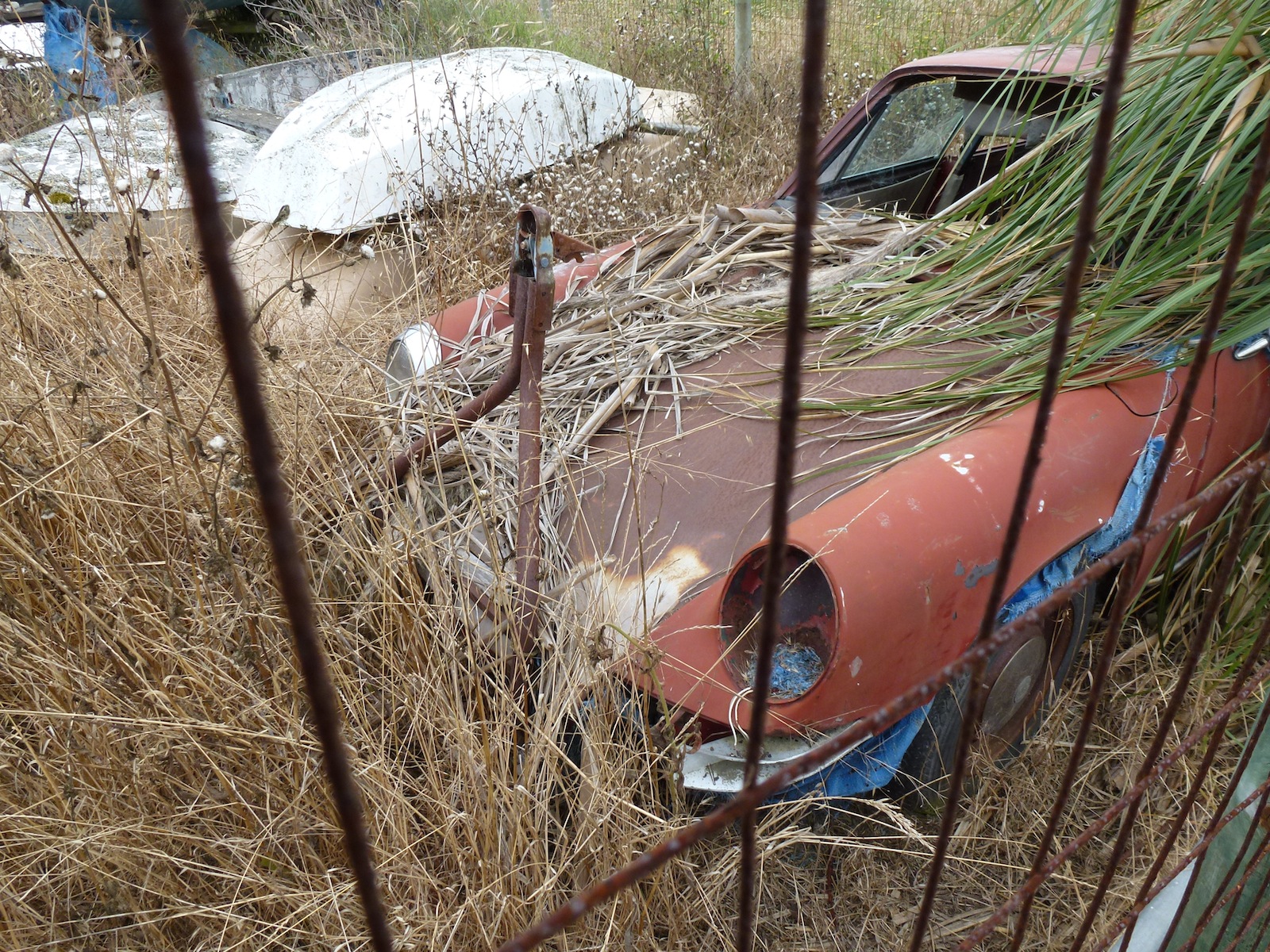
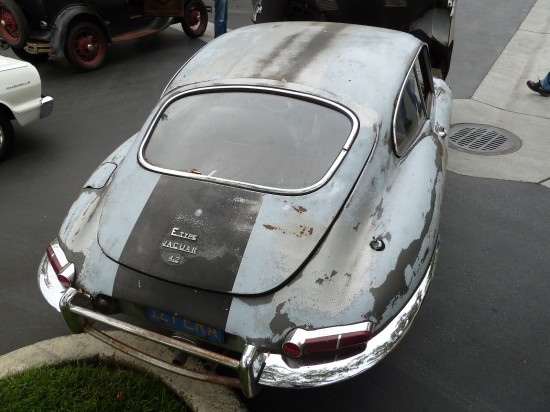
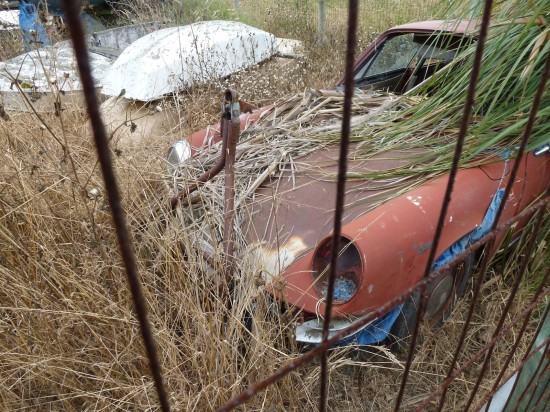
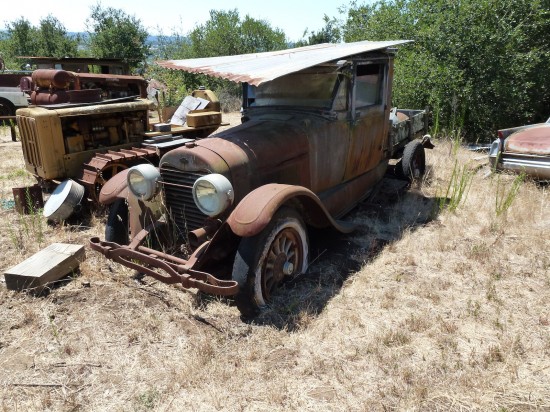
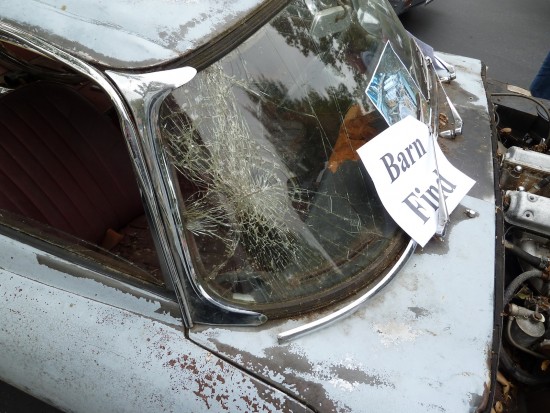
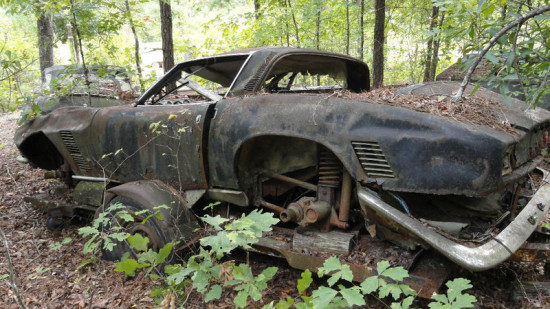
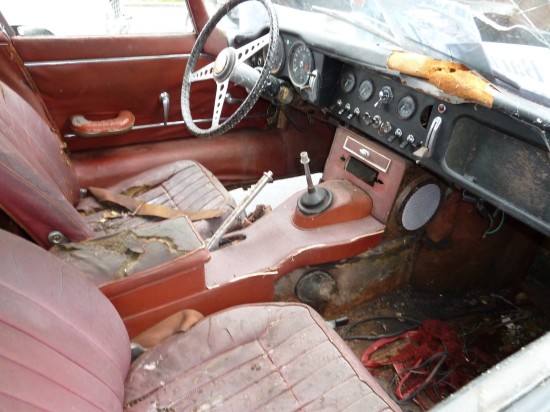
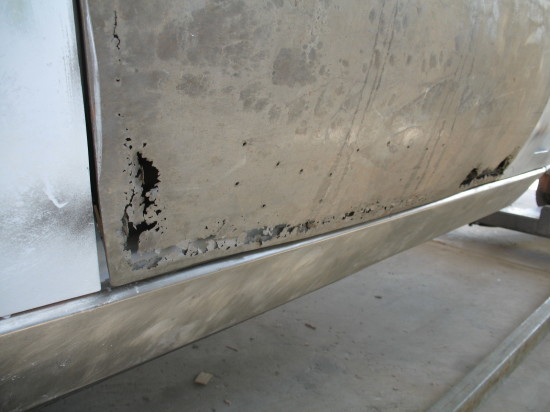
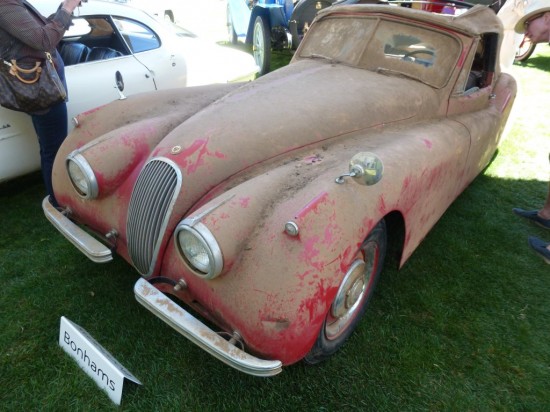
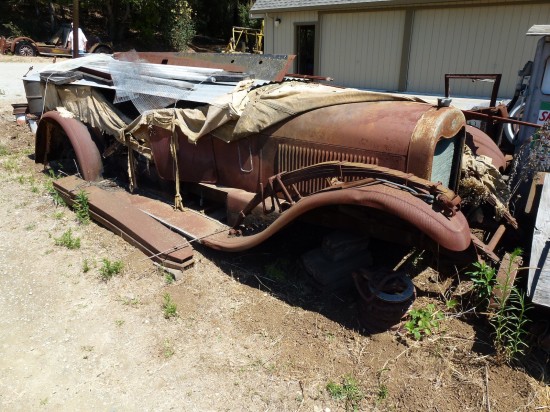
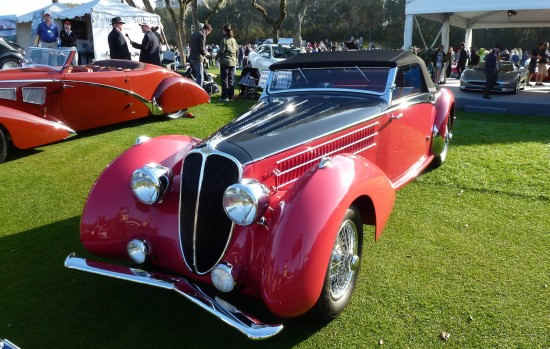
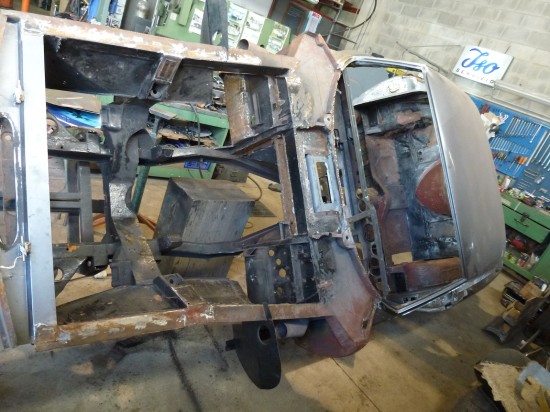
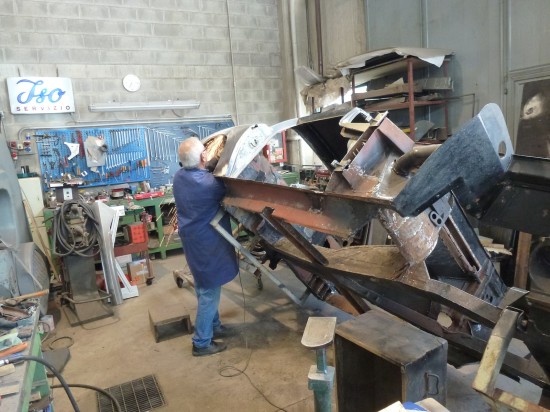
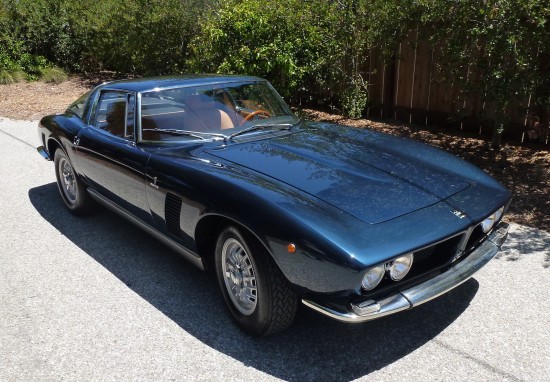
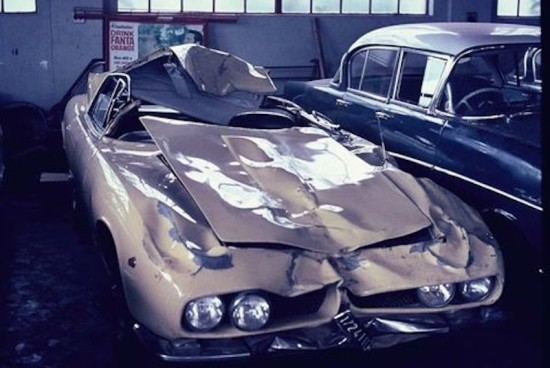


Thanks for the advice. However, I am headed down the restoration road, with a rust bucket Iso Rivolta #007, anyway. I am encouraged by the photos in Roberto’s shop.
I’ll keep you informed.
How about share more photos?
Let’s not overlook a truthful assessment of one’s personal skills, tools, and shop space if you are planning to do a restoration yourself. Many people want a classic car, know they can’t afford a professional restoration, and figure they can do it themselves. Only in rare occasions can they.
And Michael, stop punishing us with that sad, rotten ISO sitting on the woods. Ha ha.
Thom, It is good to hear from you. Your comments are spot on.
That sad Grifo sitting in the woods was bought by someone and I hope to see it restored someday.
I guess you would call the Grifo in the woods a forest find 🙂 lol
I have heard the work coming out of Italy on the Iso’s is not what it used to be. Better off getting your restoration work done by the right place in the US!
IT ALWAYS ASTOUNDS ME HOW ANYBODY, CAN LET A SPORTS CAR OR OBVIOUS OLD, PIECE OF ART CAR, TO GO TO ROT ? I HAVE RESTORED A NUMBER OF CARS, PARTICULARLY, E-9 BMWs , OF CANCER, AND BROUGHT THEM BACK TO LIFE, AND TO BE ENJOYED ONCE AGAIN, BY DRIVER AND LOOKER ON.
These are great tips to keep in mind! My brother has an old Lotus Europa in his garage and I’ve been really bothering him to let me take and restore it!
My friend just recently expressed interest in restoring cars so I’ll have to share this. Thanks so much for the advice!
My friend tried to start restoring a car that was a project started by some guy he met on Craigslist. Big mistake. Ended up costing so much more time and money than it’s worth. Never trust that other people have any standards of quality is the biggest lesson we learned from that.
We do it cause we love it! Even when you think you have a rust bucket and it turns out to be a basket case…you just keep loving it! Thanks for the great read!
This is great advice about restoring old cars. There’s something timeless about an antique car, especially when seeing the finished project. My best friends dad has a beautifully restored Model T that was his grandfathers first car. His best friend has a beautifully restored car from 1917 that I even got to drive, which was terrifying. Awesome read, I’ll have to share!
Rust is always a problem. Thanks for these great tips!
I’m a sucker for wood panels but wood restoration can definitely be a pain. That being said, it ends up being a longer and therefore more memorable experience (at least for me). No pain, no gain!
Restoring cars into their former grandeur is a definite art form. Great and informational read!
Very Fine Article! Here’s my story!
https://www.sasserklein.com/